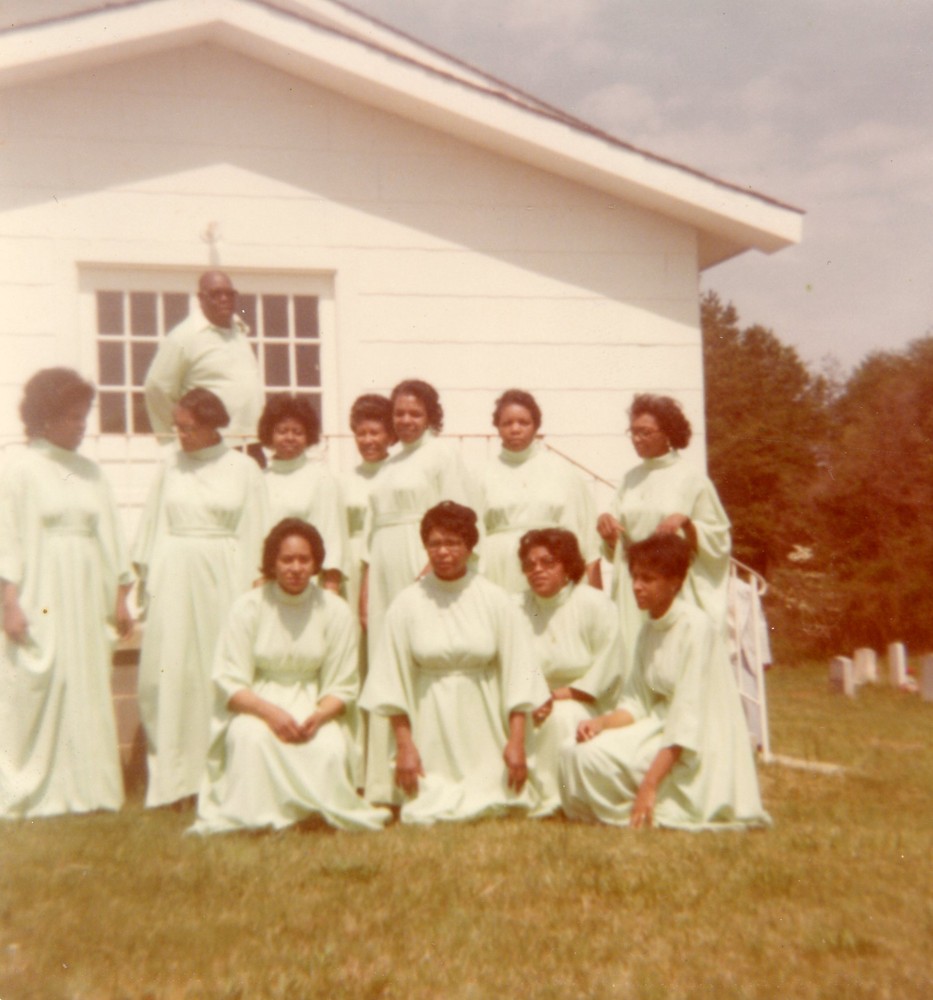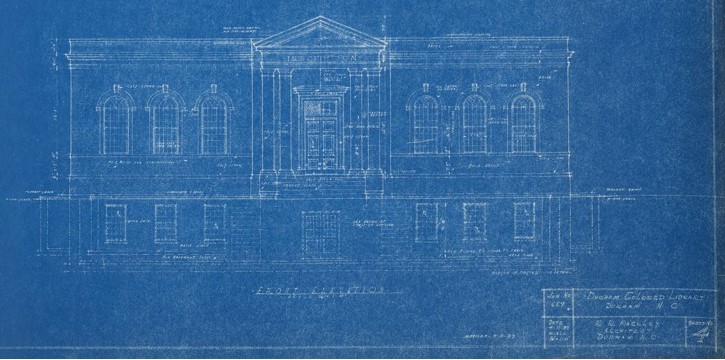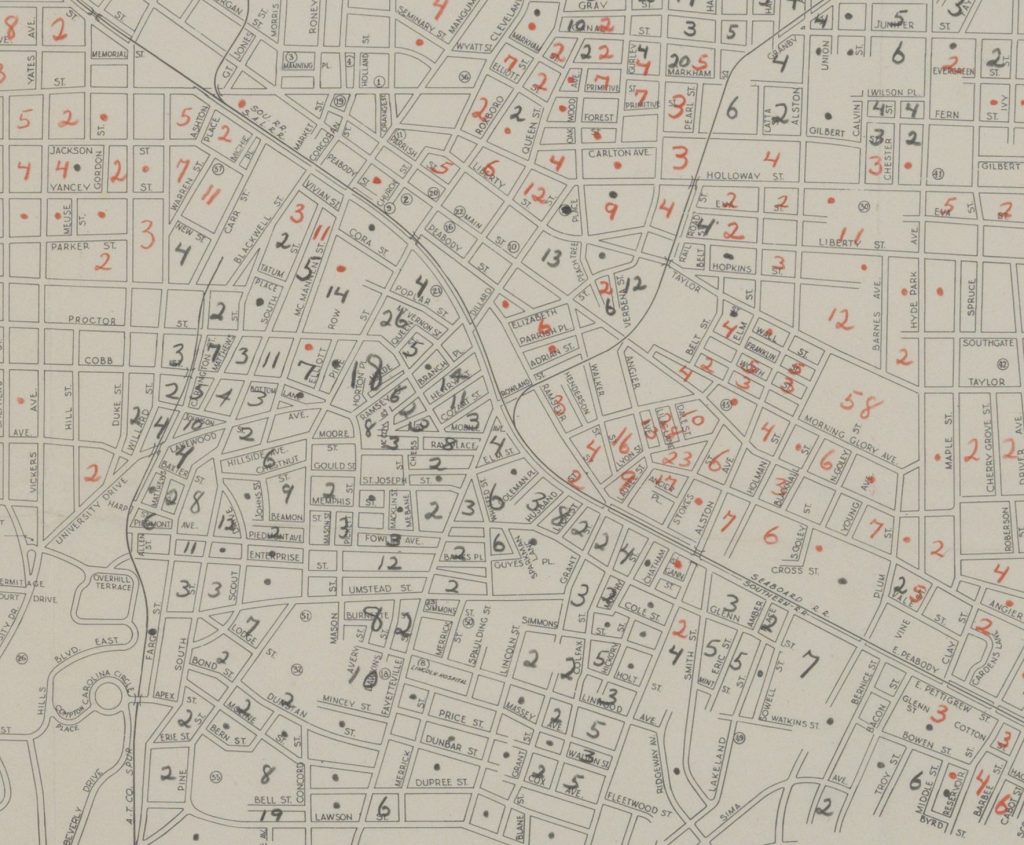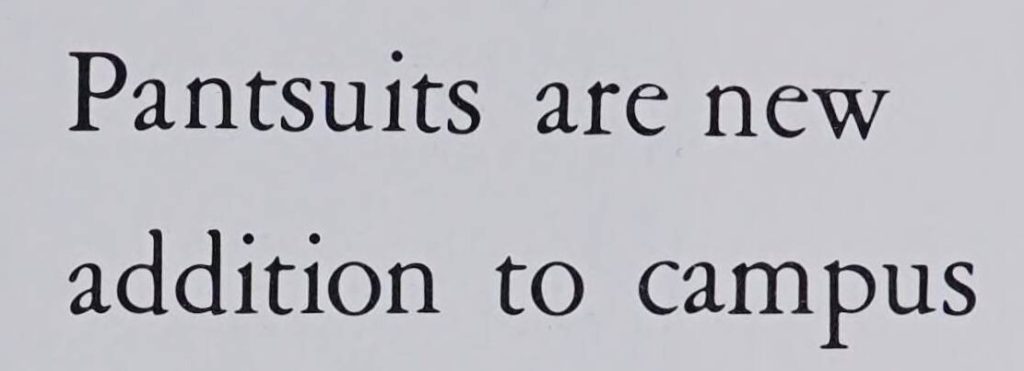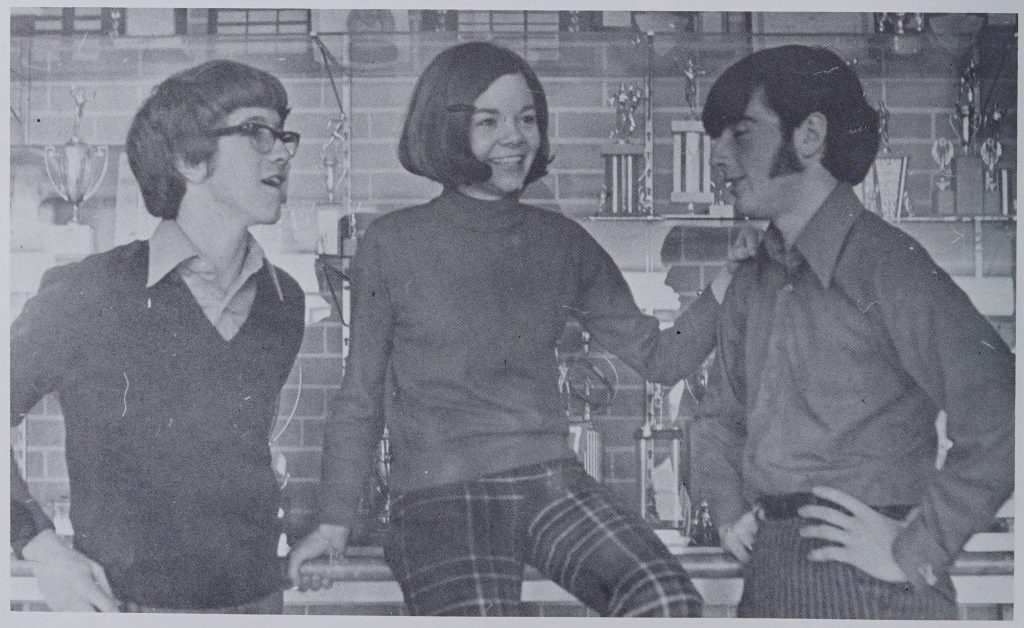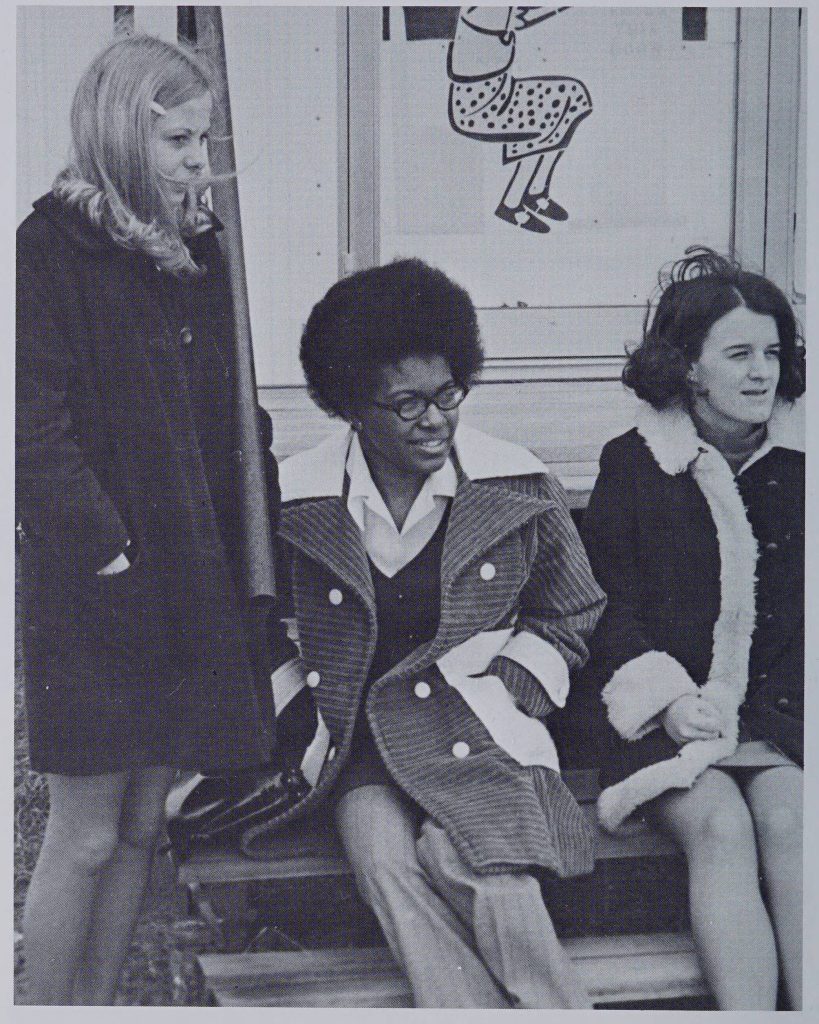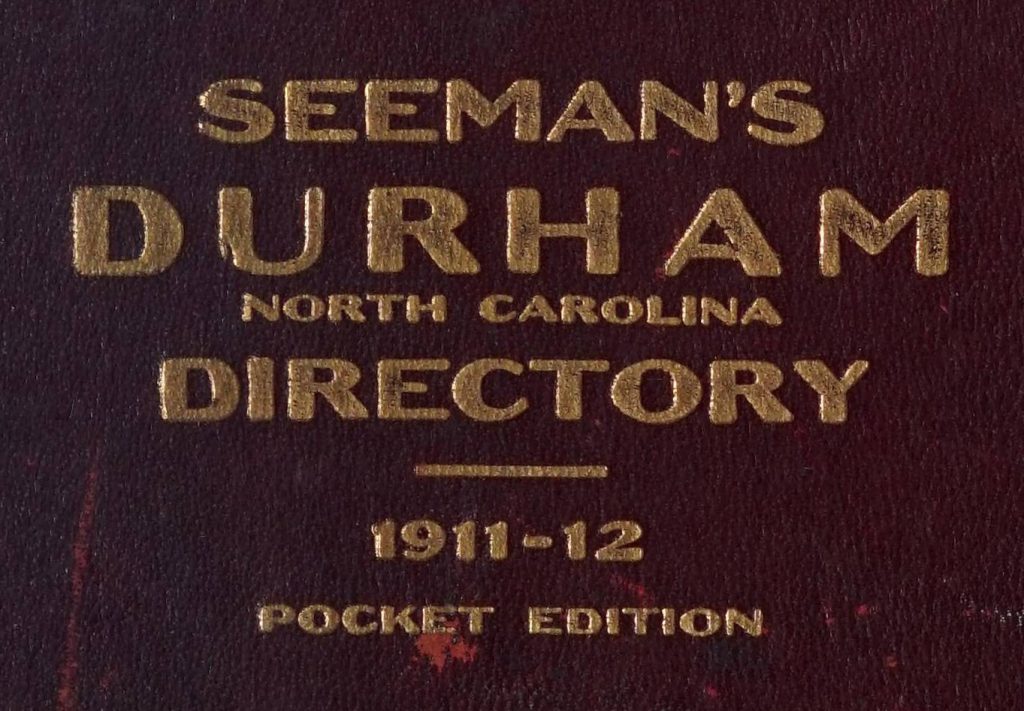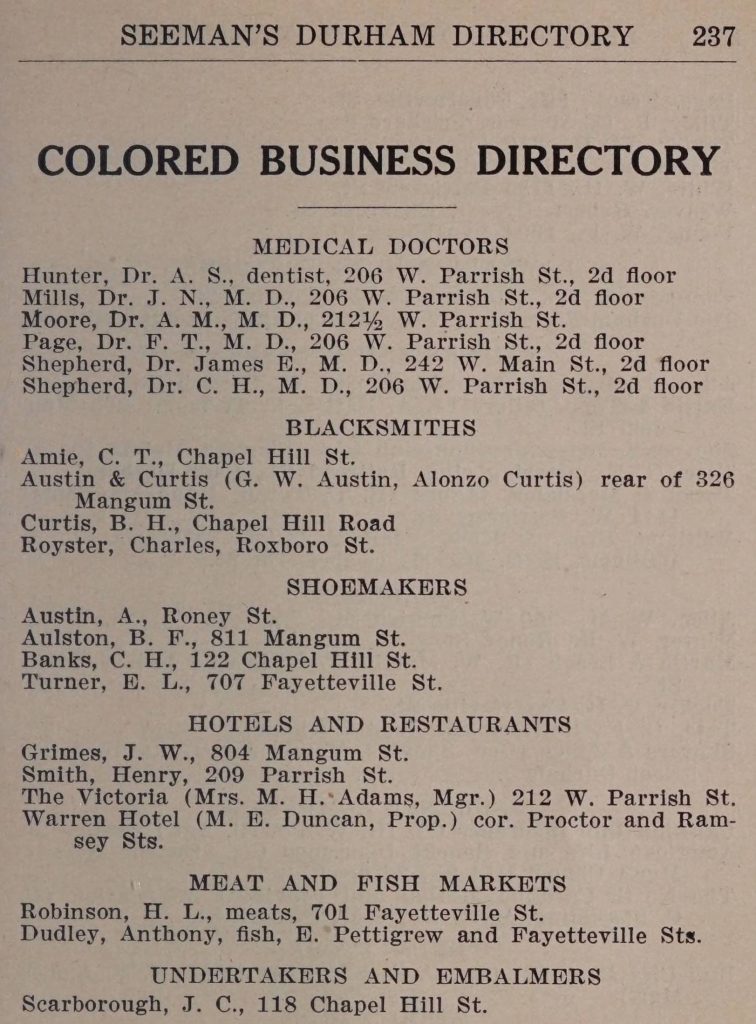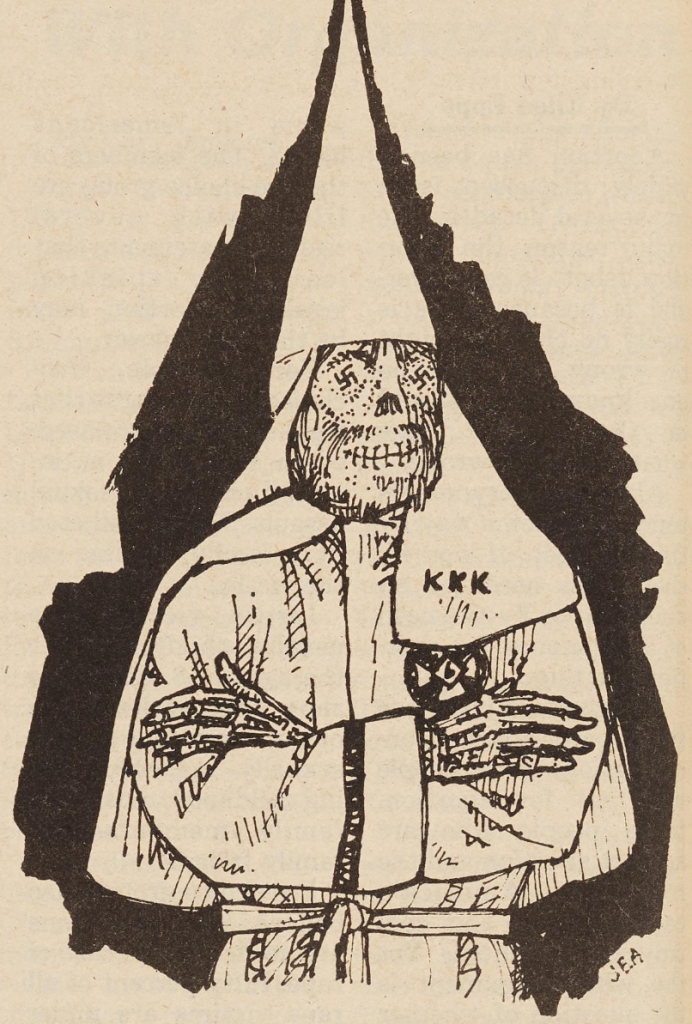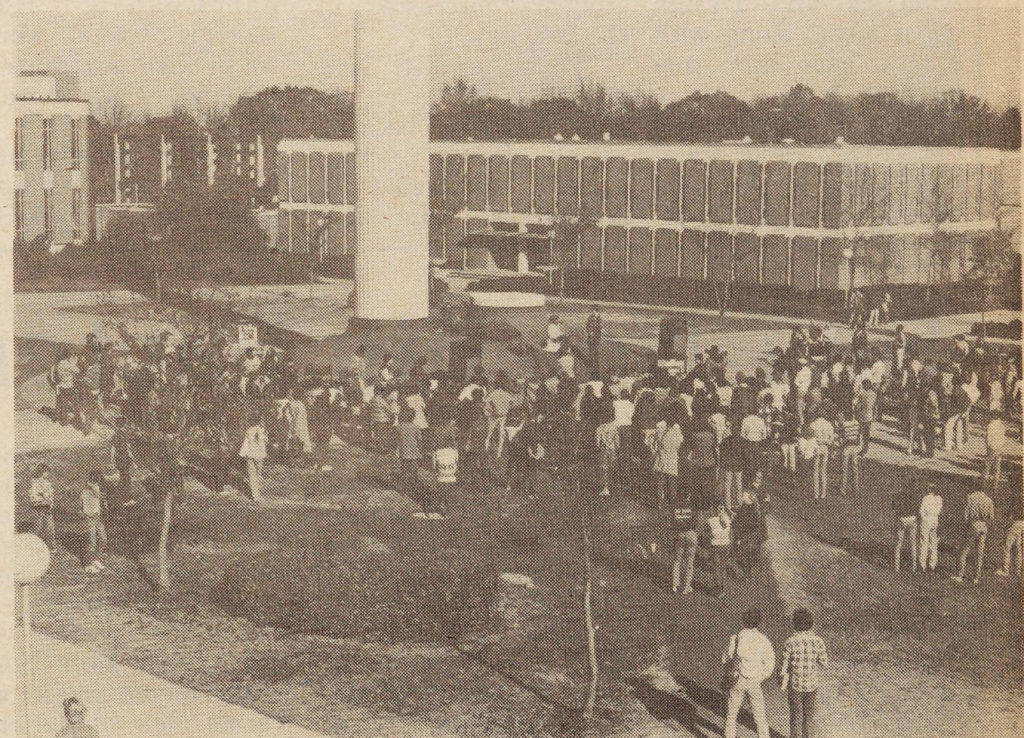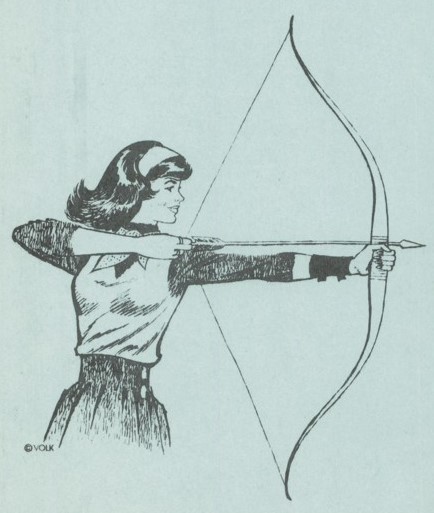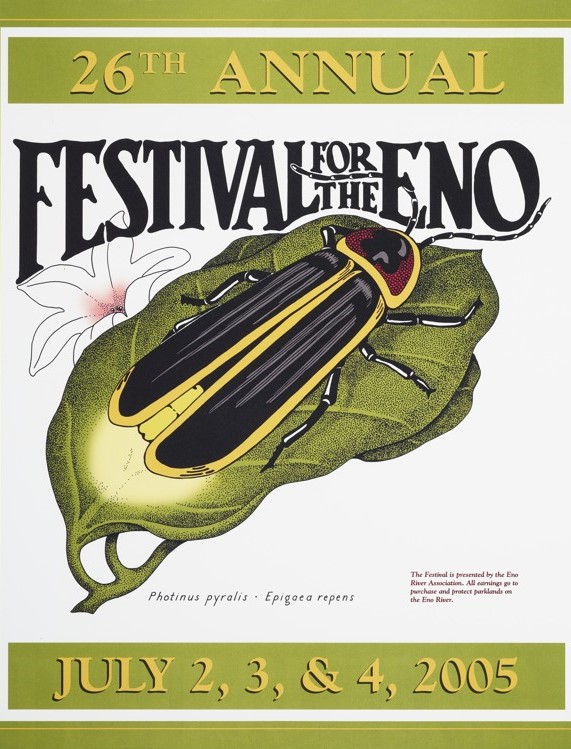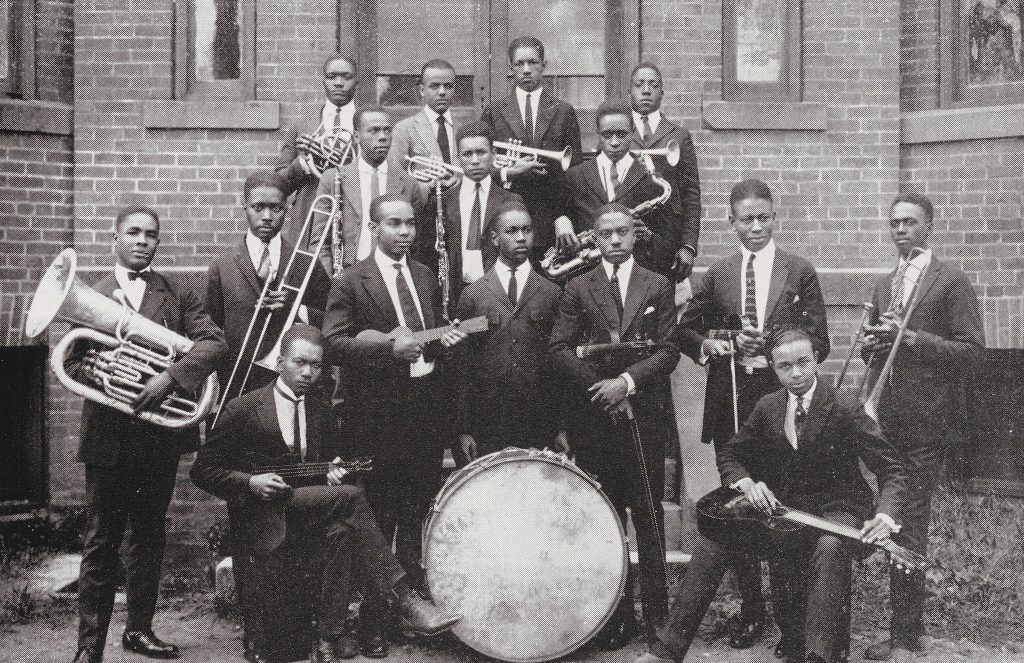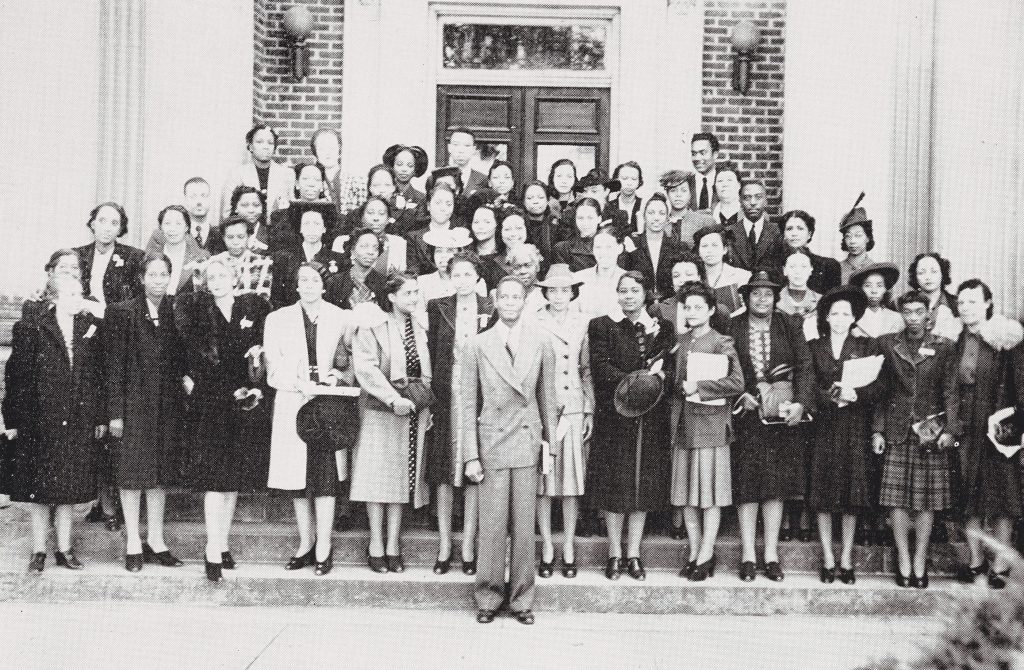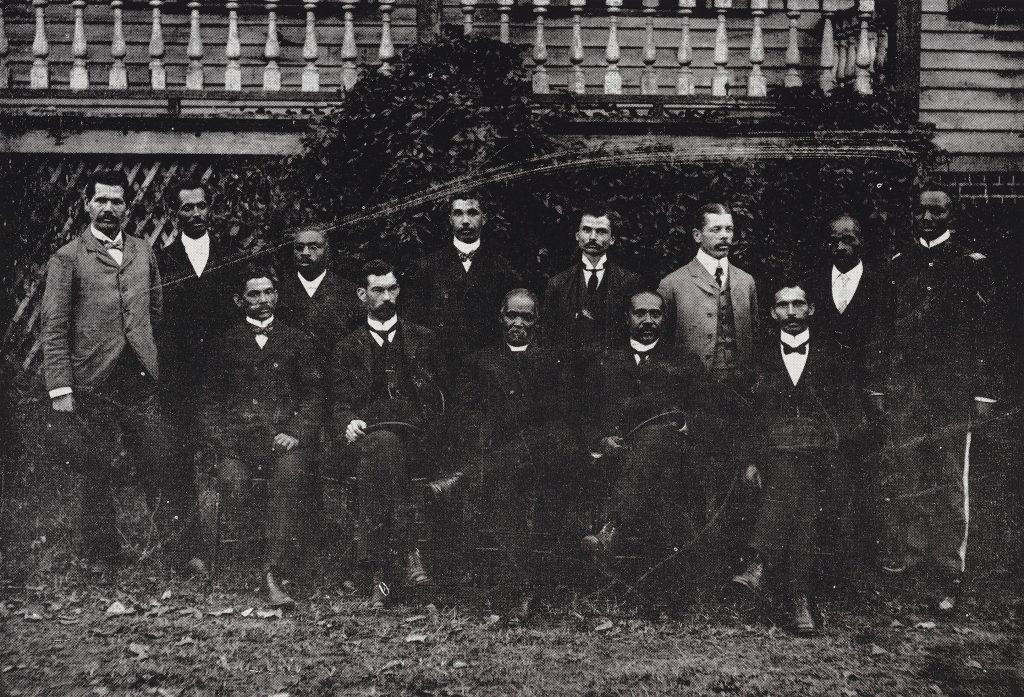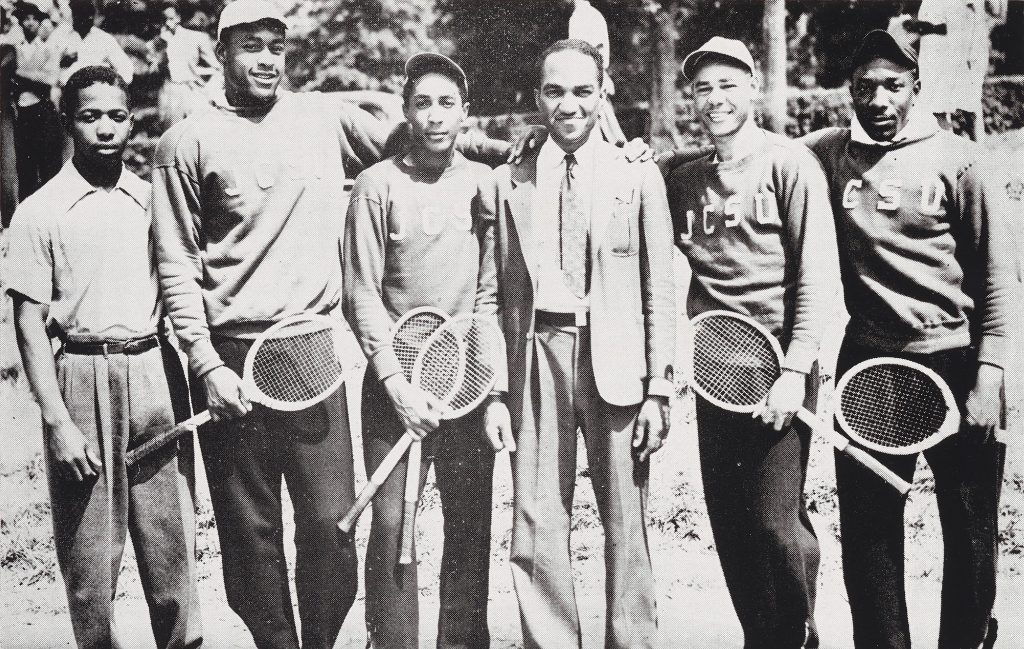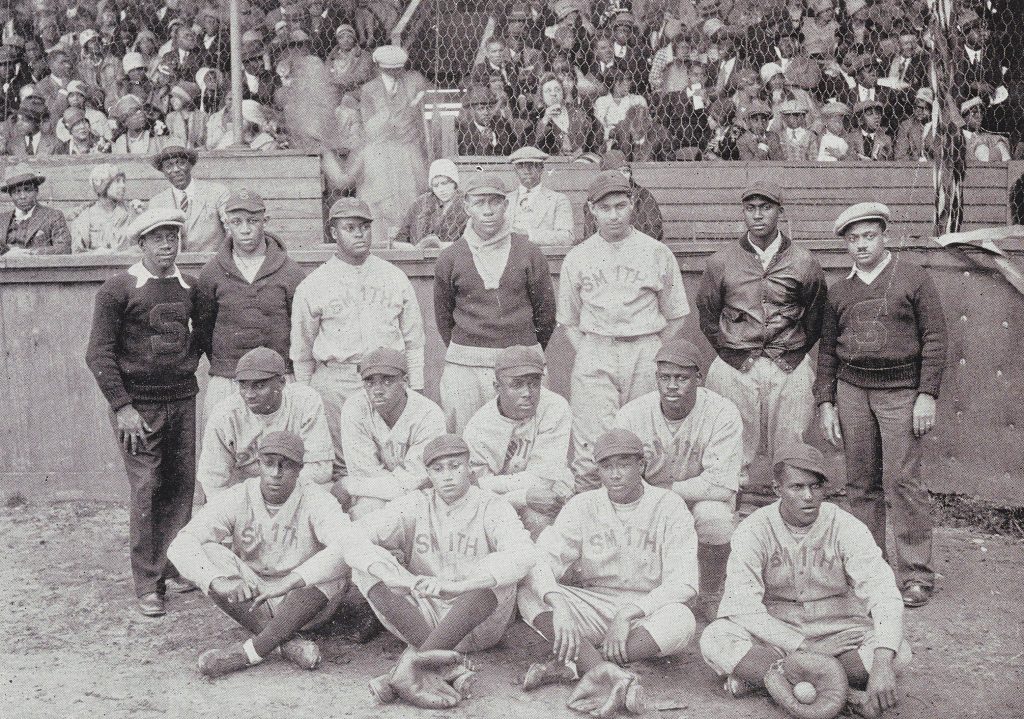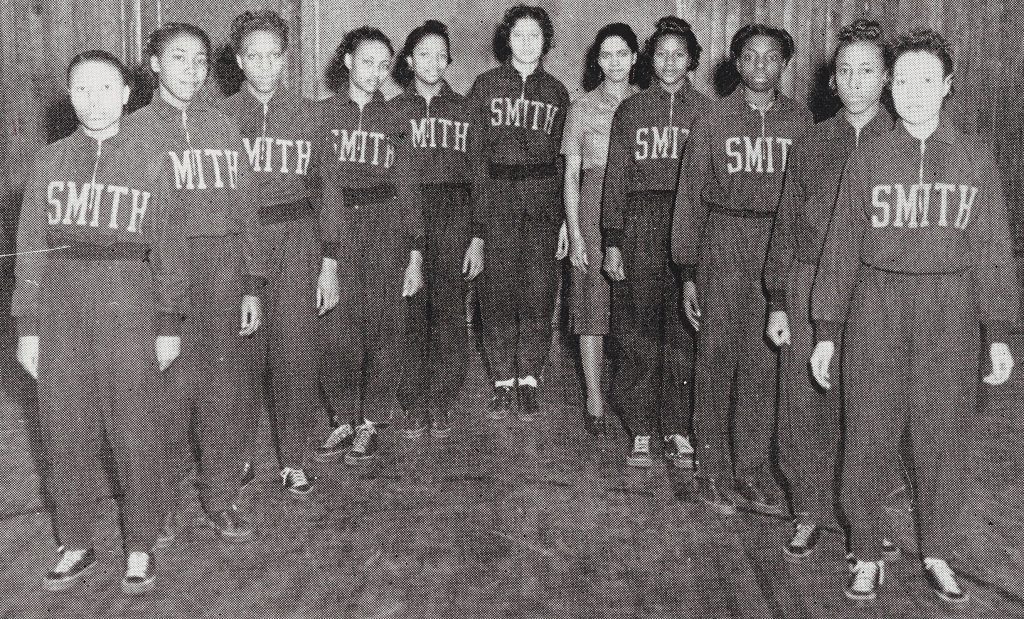Thanks to our newest partner, Gibsonville Public Library, a batch of materials from their project, “Gathering a Community History” are now available on DigitalNC as part of our latest exhibit Gathering Black History in Gibsonville. The materials in the batch are from the project’s first year and include a plethora of photographs from Black churches in the Gibsonville area, oral history interview videos (with transcripts!) with members of the Gibsonville community, as well as anniversary booklets from Faith Baptist Church and McLeansville First Baptist Church
In the fall of 2023, the Gibsonville Public Library launched a project entitled “Gathering a Community History.” This project, sparked by a community conversation with members of the Faith Baptist Church (FBC), was conducted in partnership with FBC, the Gibsonville Museum and Historical Society, and the members and leadership of many other Black churches in the Gibsonville area.
After being awarded a grant from the State Library made possible in part by the Institute of Museum and Library Services, the library purchased the technology needed to safely scan photos and documents as well as recording equipment for collecting oral histories. They also were able to hire a part-time research assistant who worked closely with area churches, individuals, and organizations to record interviews and digitize documents and photos. The first year of the project yielded a collection of 86 photographs, video interviews, transcriptions, and other materials—which can be viewed in our latest batch. This is just a starting point however for a continued community effort to gather and share the history of the Black community in the Gibsonville area.
To learn more about Gibsonville Public Library, visit their website here.
To view more oral histories from across North Carolina, view our Sights and Sounds Collection linked here.
To view more exhibits from across North Carolina, take a look at our exhibits page linked here.
![Two individuals dressed up standing next to one another. Behind them is a green field and brick building off in the distance. To their back left is a white building with brick base. To their back right is a sign with black letters that in-part reads: St. James [?] [?] Church.](https://www.digitalnc.org/wp-content/uploads/2024/08/default-3-1.jpg)
